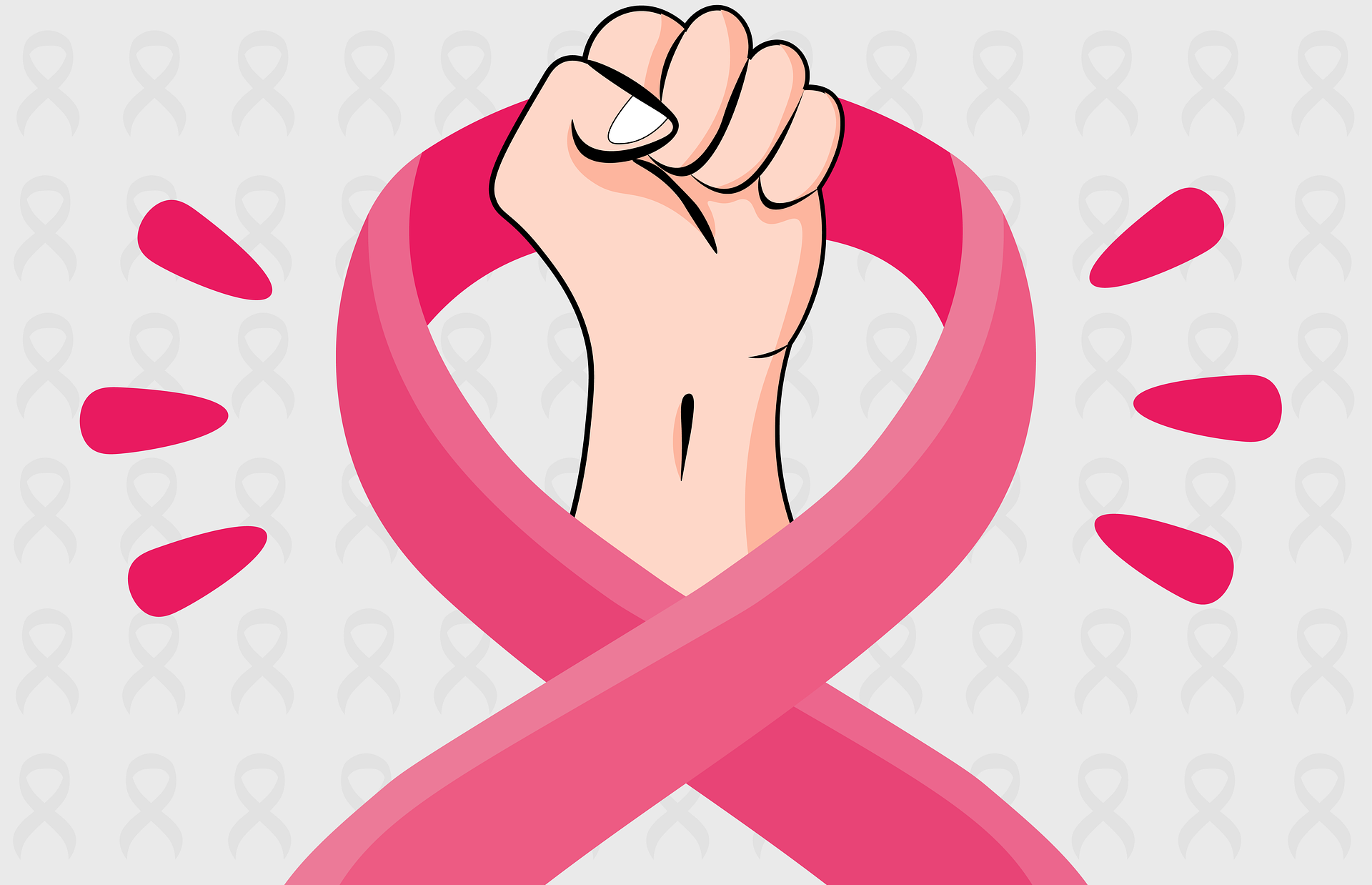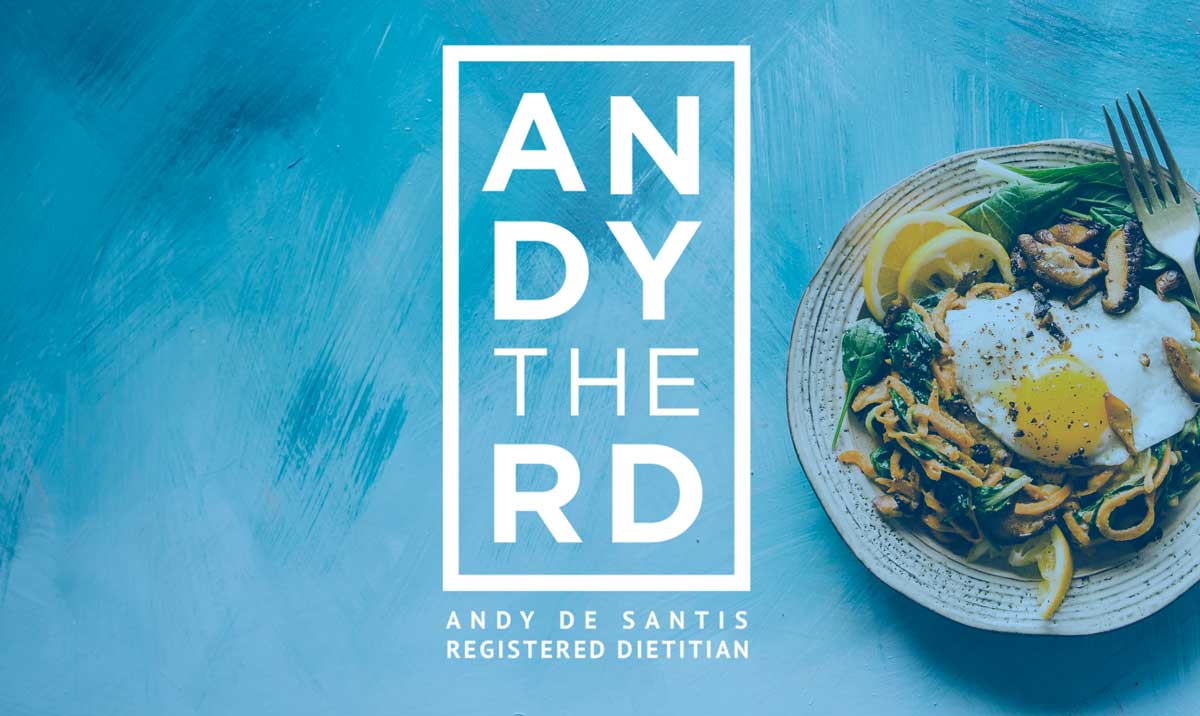October is Breasts Cancer Awareness Month and I wanted to take an opportunity before month’s end to discuss some of the most salient nutrition considerations in breast cancer prevention.
Cancer, across all sub types, is the number one cause of death in Canada.
Having recently written an article on the dietary prevention of colorectal cancer, the importance of speaking on the role of nutrition in cancer prevention is not lost on me.
So let’s get the conversation started.
Breast Cancer & Canadian Women
Breast cancer is the second most commonly diagnosed cancer in Canadian women.
Approximately 1 in 4 women who are diagnosed with cancer will be diagnosed with breast cancer and there are a number of factors that determine a women’s risk which include many of the familiar considerations such as age and family history, along with a host of other factors like physical activity level.
Nutrition also plays a meaningful but perhaps more limited role in modifying risk.
With that in mind, I will take a closer look at the foods and nutrients which are most strongly considered to have a protective role to play.
Do Certain Dietary Choices Help Prevent Breast Cancer?
We have to be honest in saying that physical activity, age and genetics are perhaps the most significant risk contributors for breast cancer, but that does not mean the nutritional aspect of prevention does not warrant some consideration.
Let’s take a look at some the key talking points:
Soy-based Foods: To my chagrin, soy-based foods tend to be much maligned and often unfairly blamed as foods which are unsafe for human consumption. This assumption also tends to extend into the world of breast cancer discourse.
Yet my review of the most comprehensive studies conducted in humans tend to point to the fact that eating soy-based foods ( tempeh,tofu, edamame, soy milk) may have a protective , or at worst neutral, effect on breast cancer risk.
Although complicated by geographical differences, this stance is affirmed by a 2019 meta-analysis out of the European Journal Of Epidemology.
You can read more on that here.
Interestingly enough, flaxseeds are one of the few other dietary components that also contain what are known as phytoestrogens (which are rich in soy) and have also garnered some attention for their role in a protective dietary pattern.
Alcohol: As with colorectal cancer, there appears to be a meaningful link between alcohol consumption and breast cancer risk.
A 2014 paper out of Current Breast Cancer Reports had this to say on alcohol and breast cancer in the US context:
“Given the prevalence of drinking in U.S. women, many could benefit from staying within the drinking guidelines of ≤1 drink a day for overall health, and consider stopping entirely to reduce breast cancer risk.”
If you’re instead looking for a beverage that may offer modest protection against breast cancer risk, green tea appears to show some promise.
Dietary Patterns That May Increase Risk: While much more definitive research will be required before firm conclusions can be drawn, a recently published systematic review out of the Anticancer Research journal has found some evidence that dietary patterns higher in red processed meats, fried food and refined grains may be associated with a higher risk of breast cancer occurrence. Conversely, there is some evidence to suggest that a high level of adherence to a DASH dietary pattern may be protective.
Foods That May Reduce Risk: The American Institute For Cancer Research identified three primary, but preliminary, areas of interest around specific nutrients that may have some limited role to play in breast cancer risk reduction.
#1 Dietary Intake Of Carotenoids: Carotenoids are a group of phytochemical compounds with a generally strong anti-oxidant capacity. They provide pigments to foods and are. for example, what make sweet potatoes appear orange. Other foods particularly high in carotenoids include bell peppers, carrots, squash, spinach and broccoli ( among others!).
#2 Fruits, Veggies & Fibre : Building on the initial point above, it should perhaps come as little surprise that vegetable intake, as well as fruit and overall fibre intake, have been associated with potentially protective benefits against breast cancer. Apples and pears are among the specific fruits that have been pointed out as being foods of particular interest.
#3 Calcium Intake: Interestingly enough, calcium intake has been identified as potentially protect for both breast and colorectal cancer. This perhaps partially explains why the calcium-rich DASH diet pattern has been associated with reduced breast cancer risk. Wondering which foods contain the most calcium? Check this out.
Final Thoughts
Today’s article has merely scratched the surface of what is a incredibly complex topic.
There is a great deal that goes into discussing breast cancer risk and the things that can be done to modify it.
Today’s article presents a brief sampling of some of the most salient nutritional considerations that are garnering attention in the world of breast cancer prevention.
Even if the current evidence in this regard is not overwhelming I do hope you found it insightful.
Until next time,
Andy De Santis RD MPH



